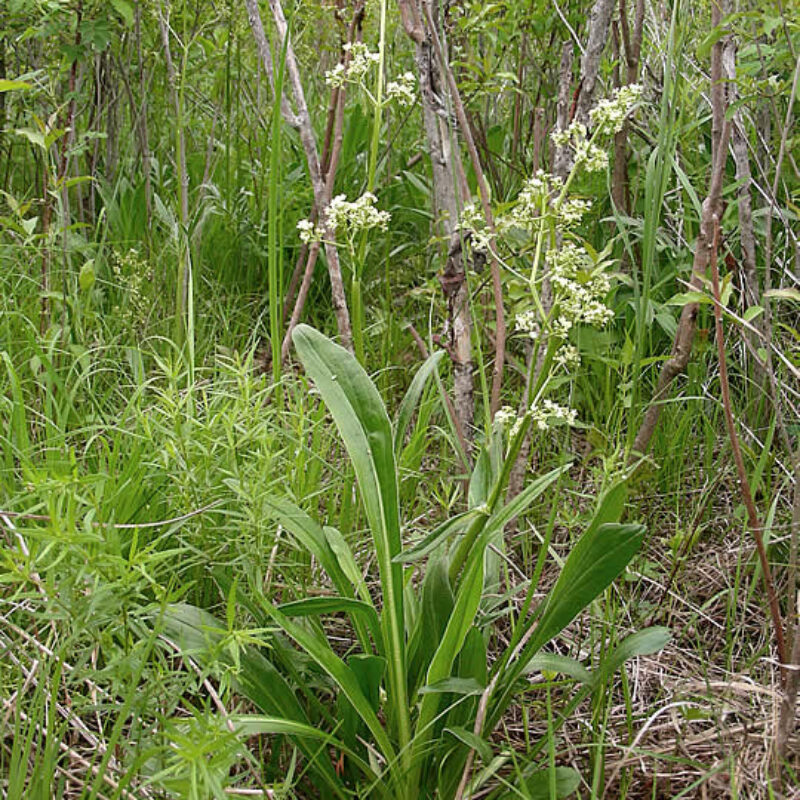Edible ValerianValeriana edulis
Edible Valerian is a threatened species and not to be confused with Valeriana officinalis, which is invasive.
USDA symbol: VAED
General Information
| Plant Type | Forb |
|---|---|
| Height | 1 to 4 feet |
| Light Exposure | Sun, Part Sun |
| Soil Moisture | Wet |
| Bloom Color | White |

Tolerances
| Flooding / Inundation Tolerance | Moderate |
|---|---|
| General Resilience | 6 |
| Salt Tolerance | None |
| Stress Tolerance | Fire Tolerant, General Disturbance |
Pollinator Value: Low
| Bloom Months | May to June |
|---|---|
| Pollinator Benefit | Insect Pollinated, Provides Nectar, Supports Generalists |
Project Planning
| Project Type | Restoration |
|---|---|
| Coefficient of Conservatism | 10 |
| Herbivore Sensitivity | Low |
| Lifespan | Perennial |
| Rate of Spread | Slow |
| Soil Stabilization | Deep |
| Vegetative Reproduction | Absent |
Range
| County | Carver, Dakota, Dodge, Fillmore, Freeborn, Goodhue, Hennepin, Houston, Mower, Olmsted, Rice, Scott, Steele, Wabasha, Waseca, Winona |
|---|---|
| Ecoregion | Driftless Area, North Central Hardwood Forests, Western Cornbelt Plains |
| Approximate Eco Province | Eastern Broadleaf Forest, Prairie Parkland |
